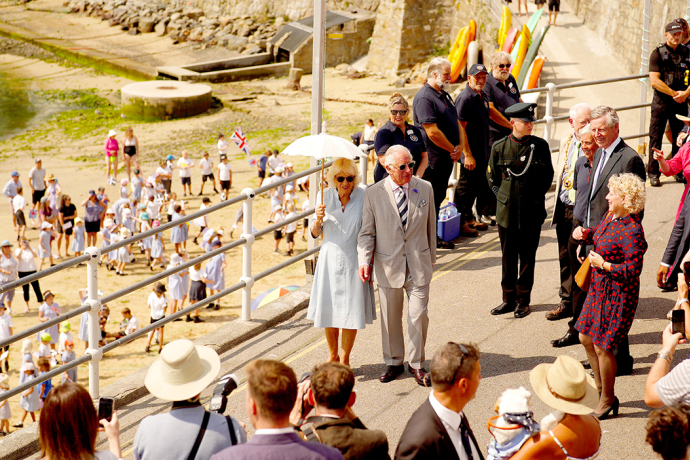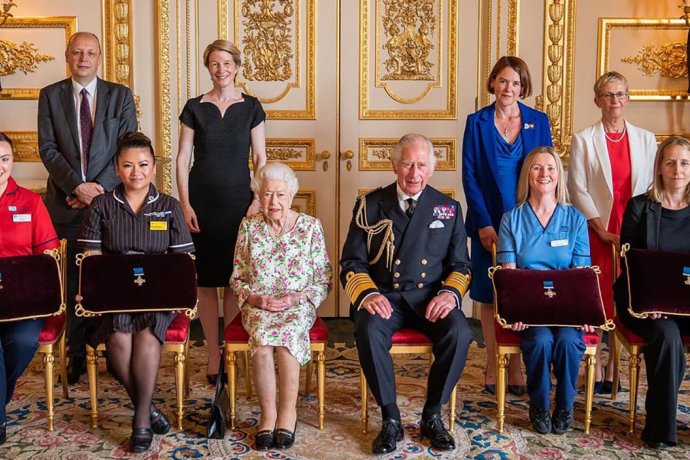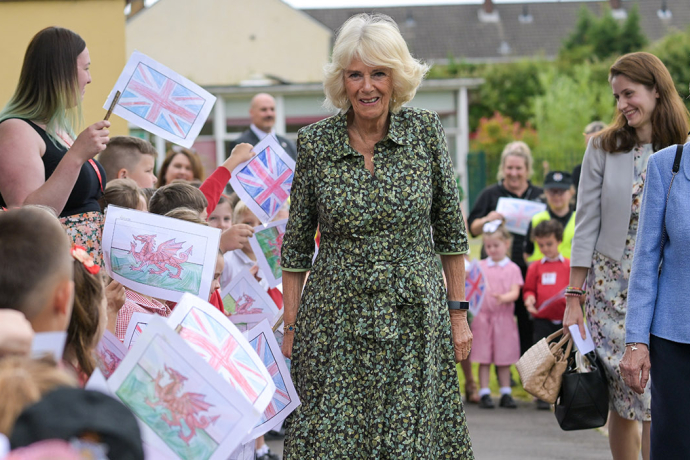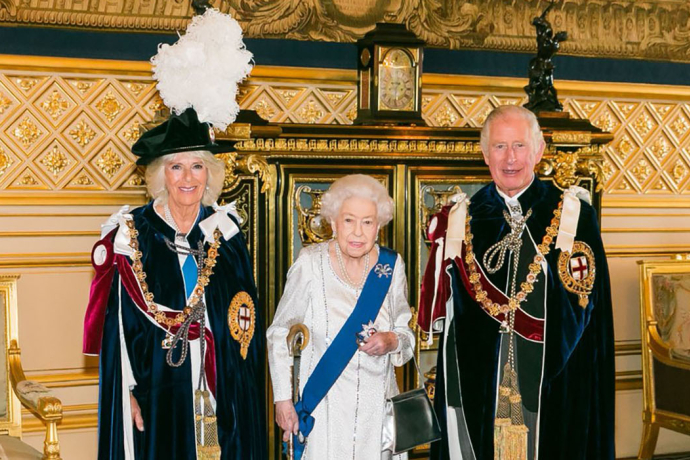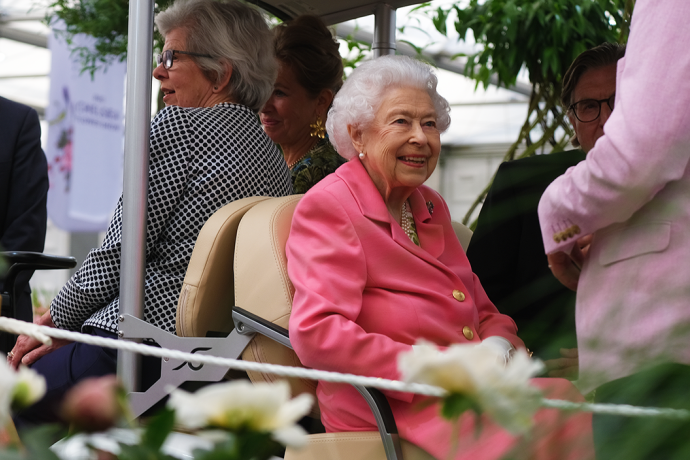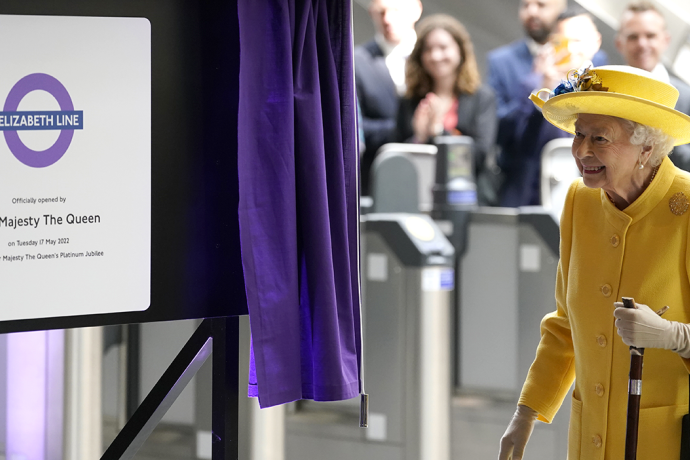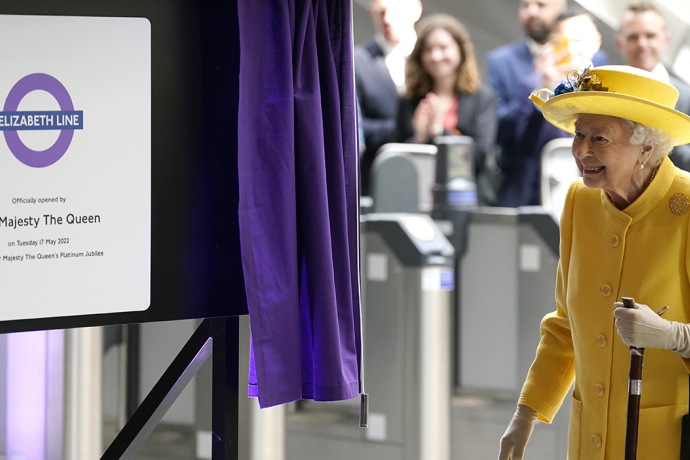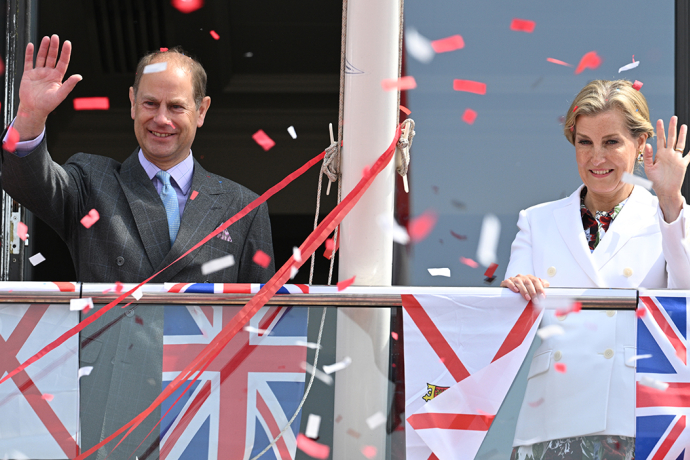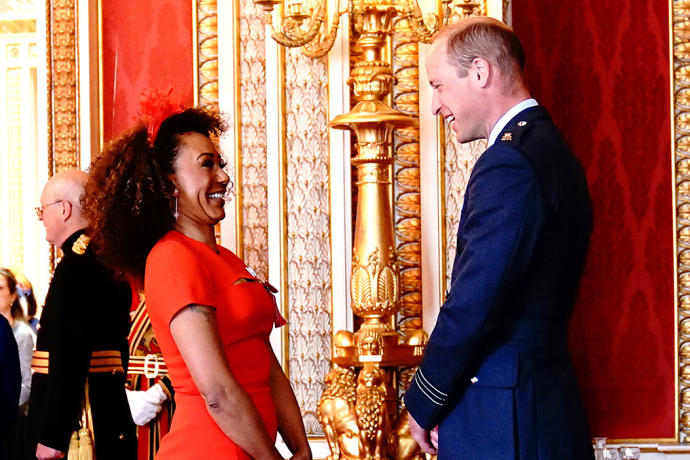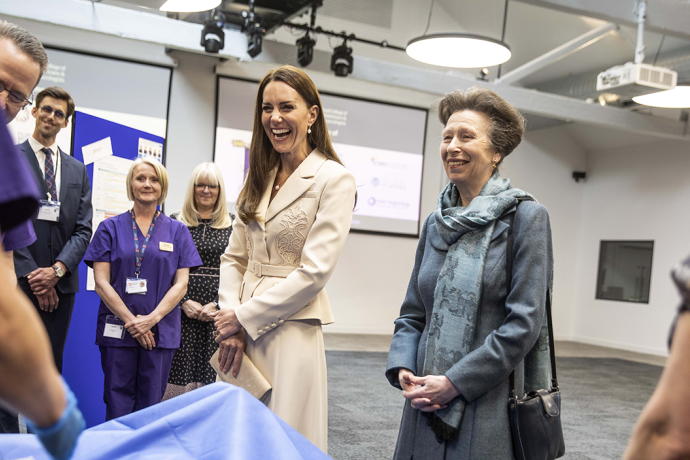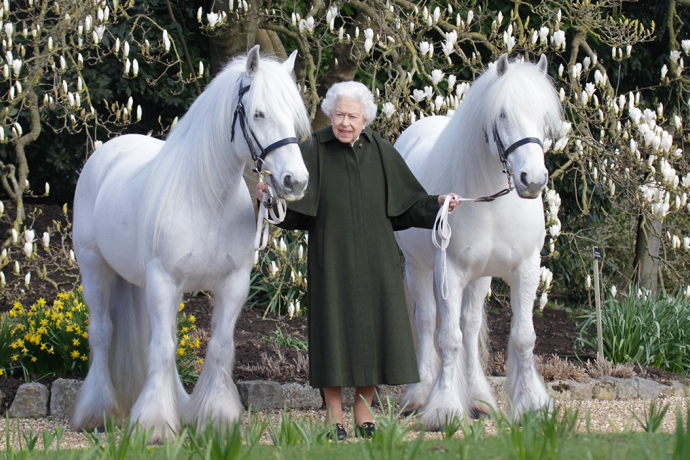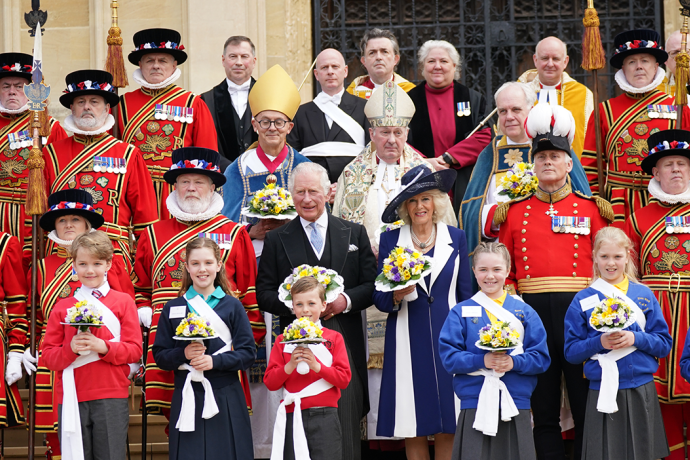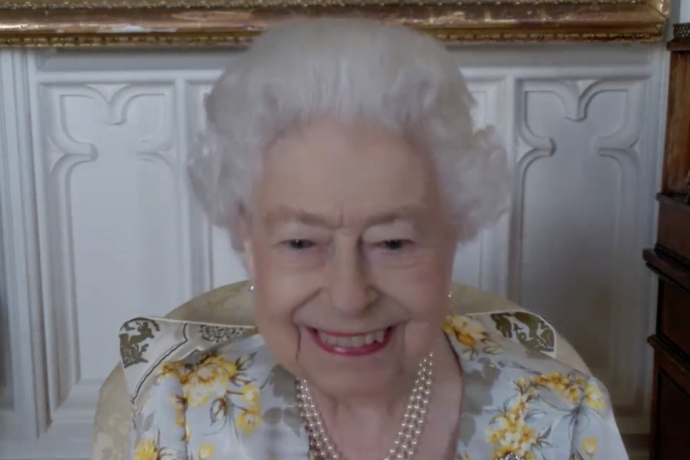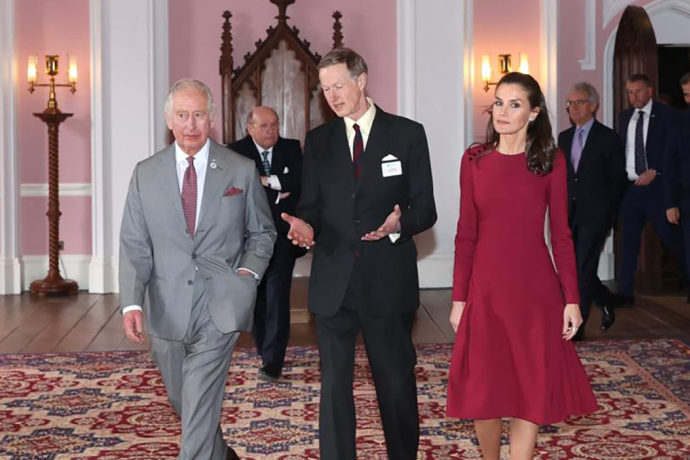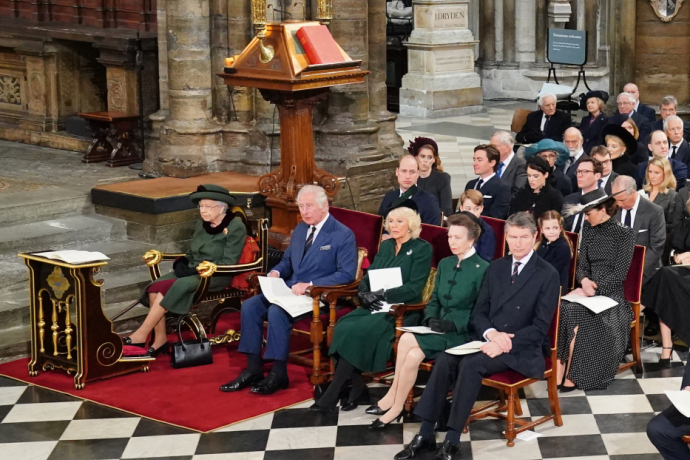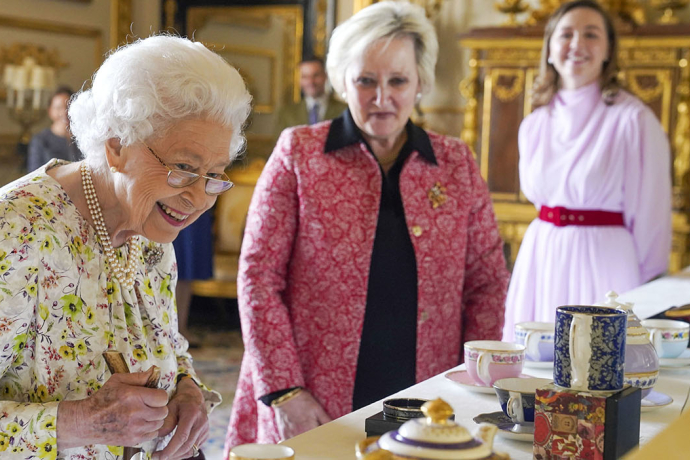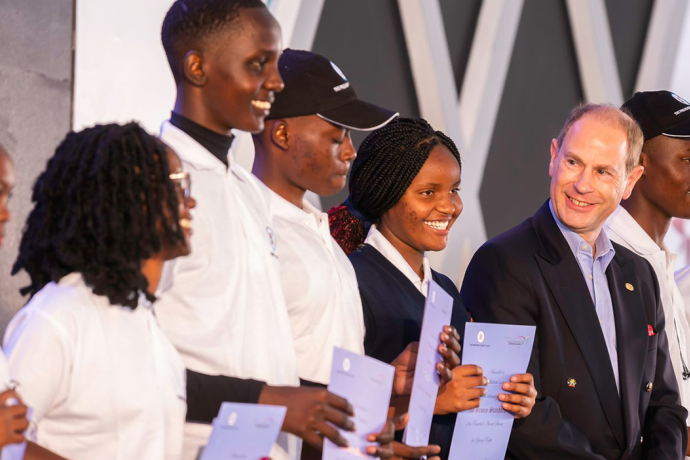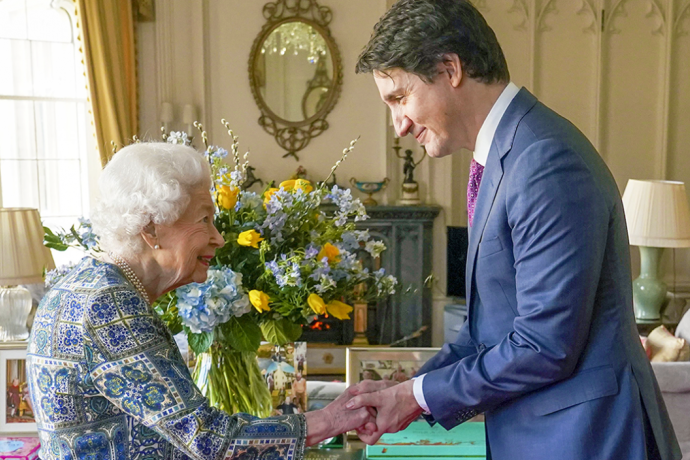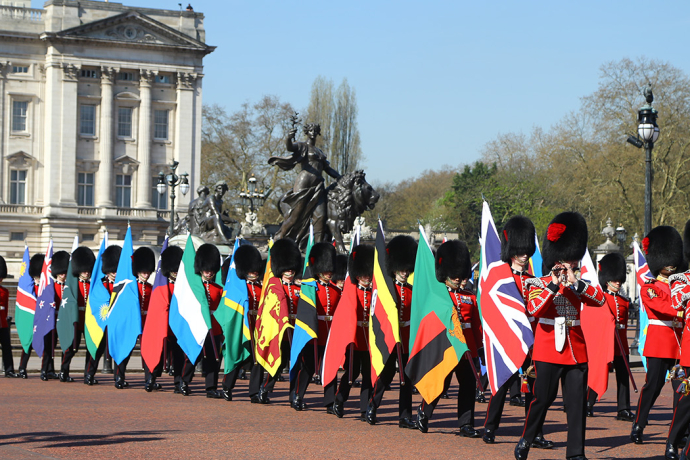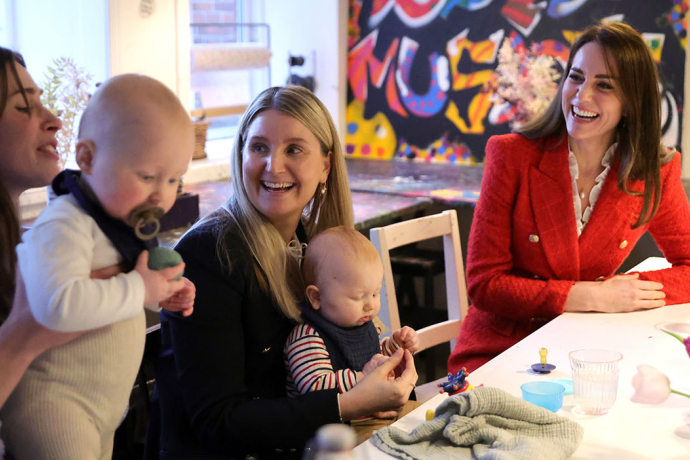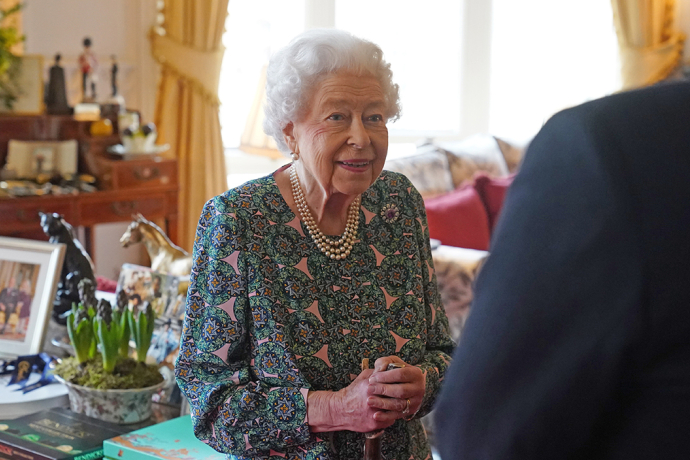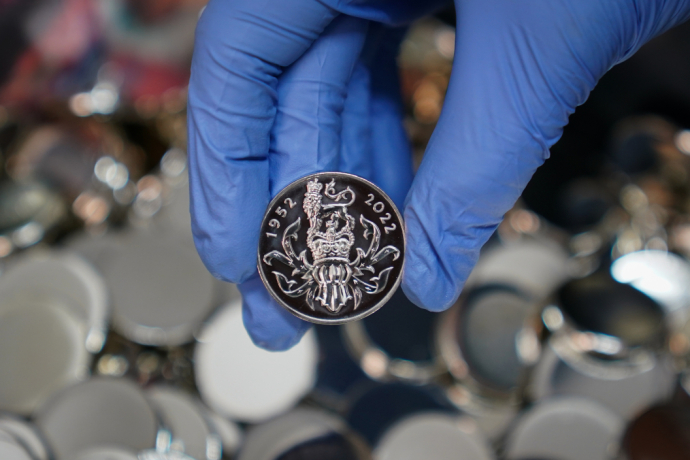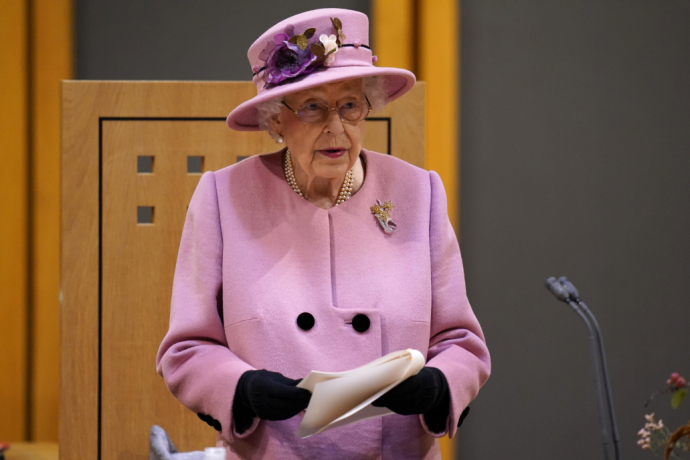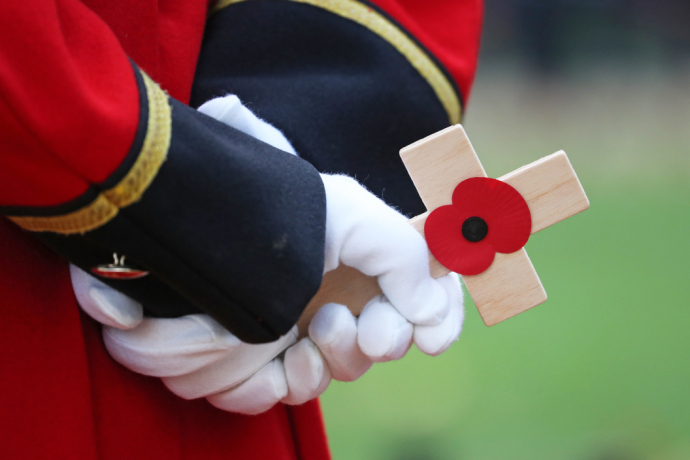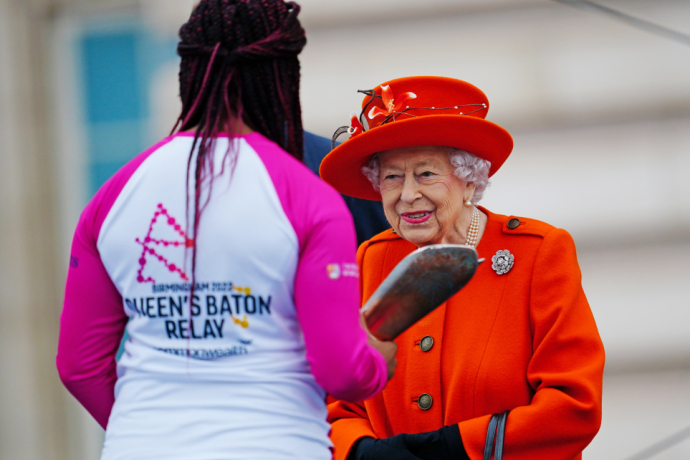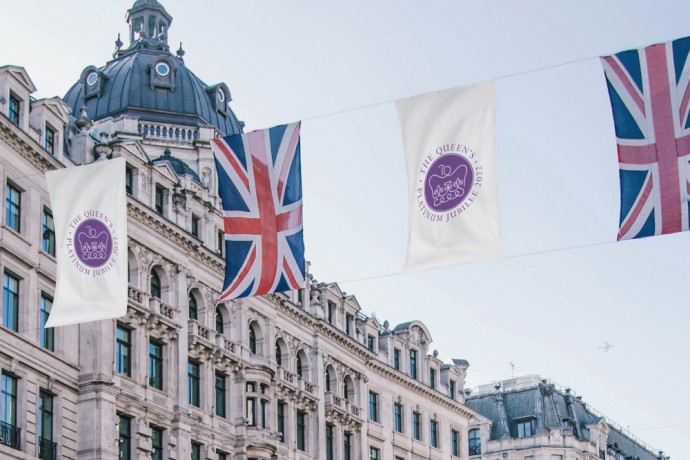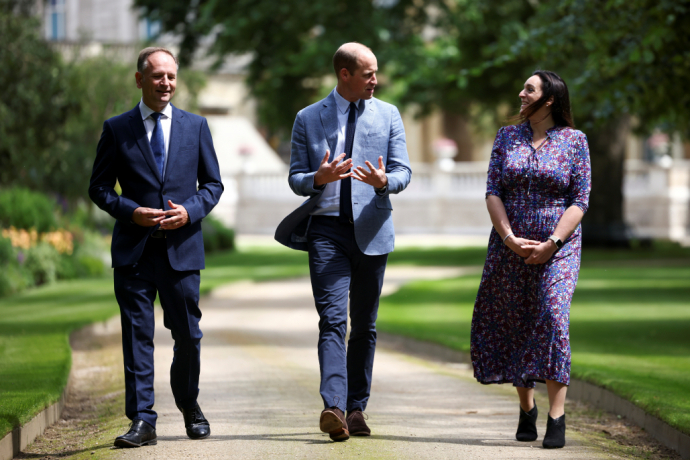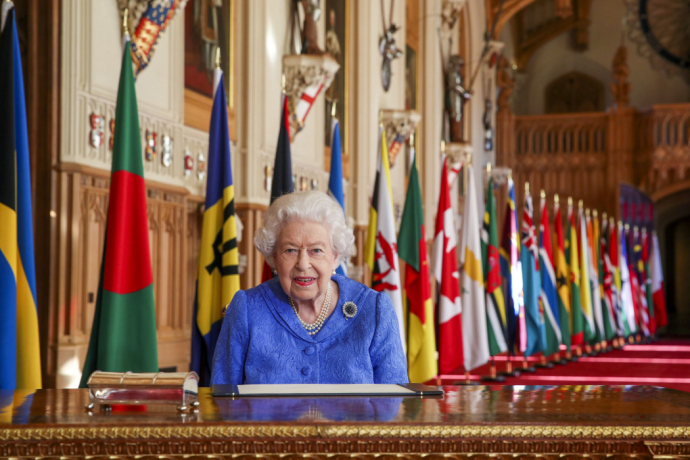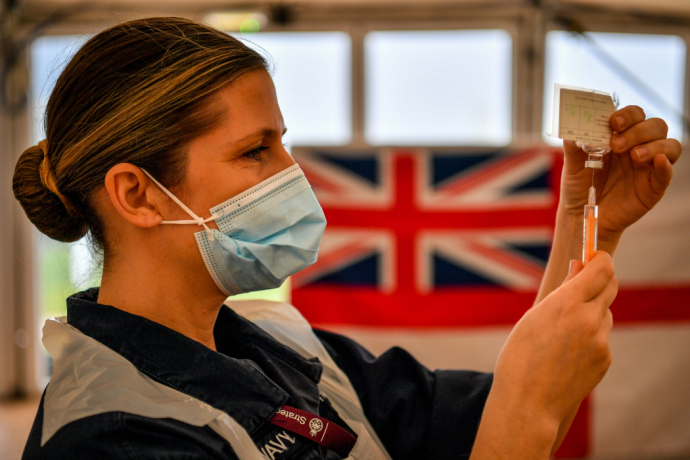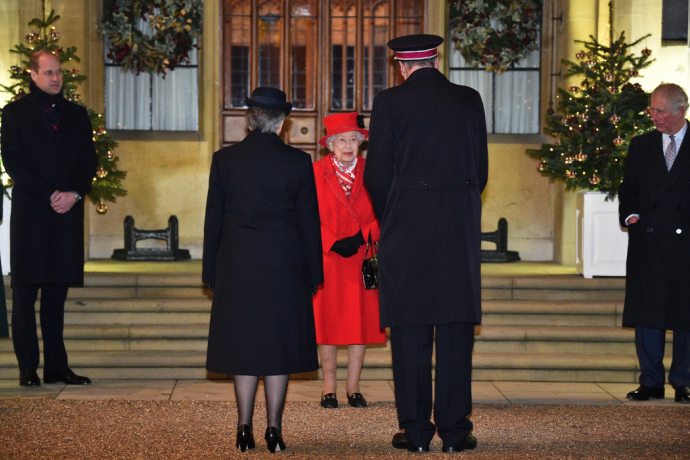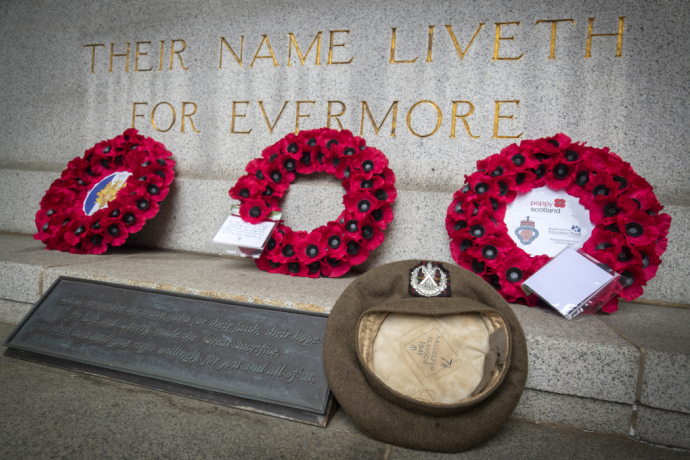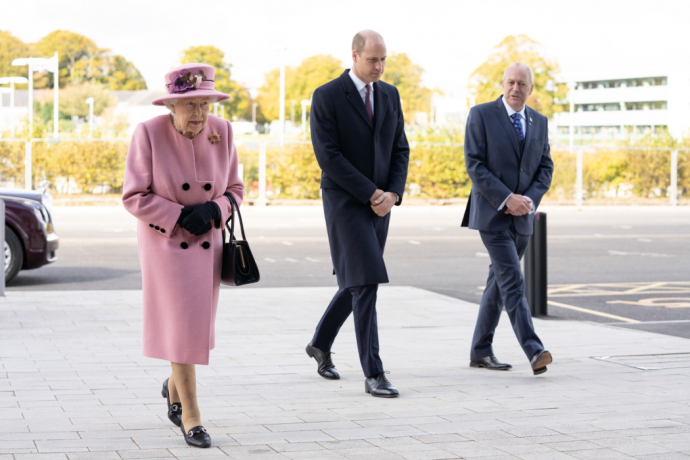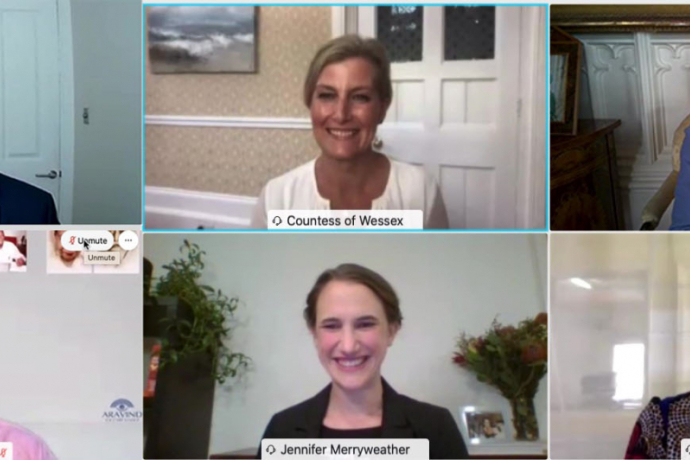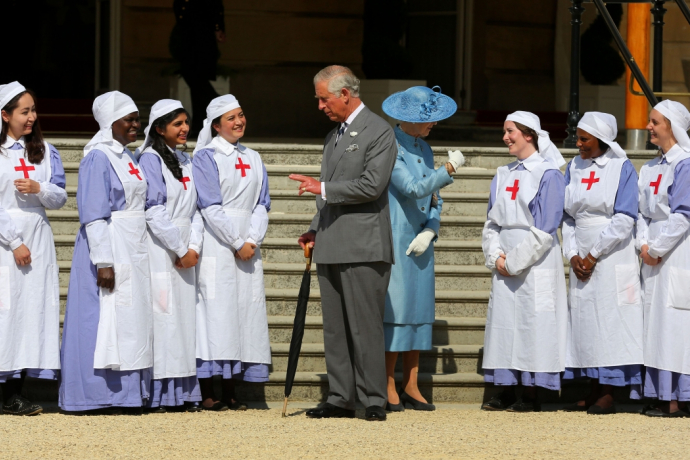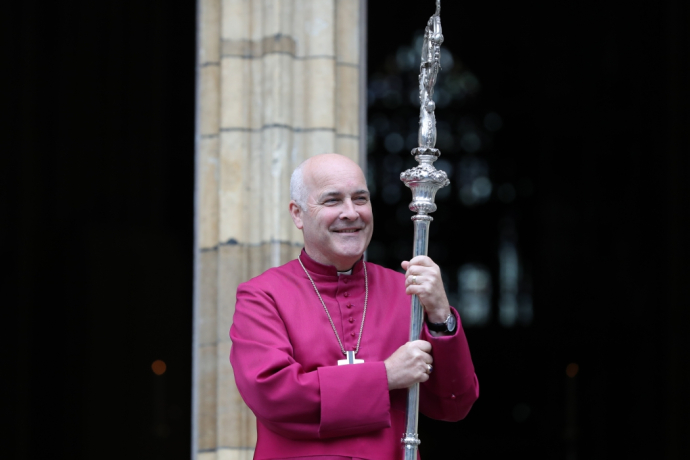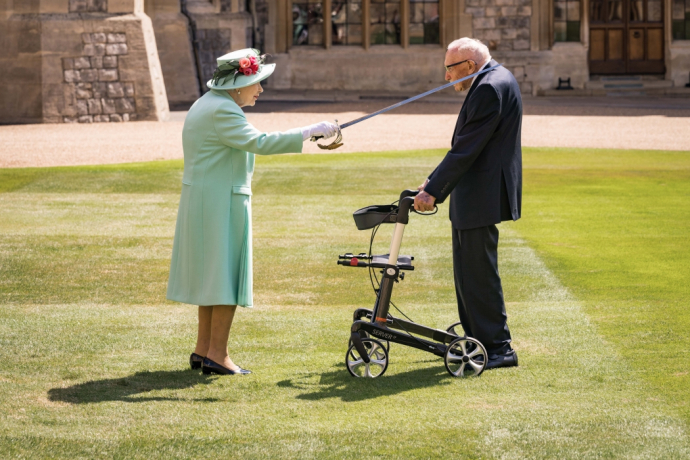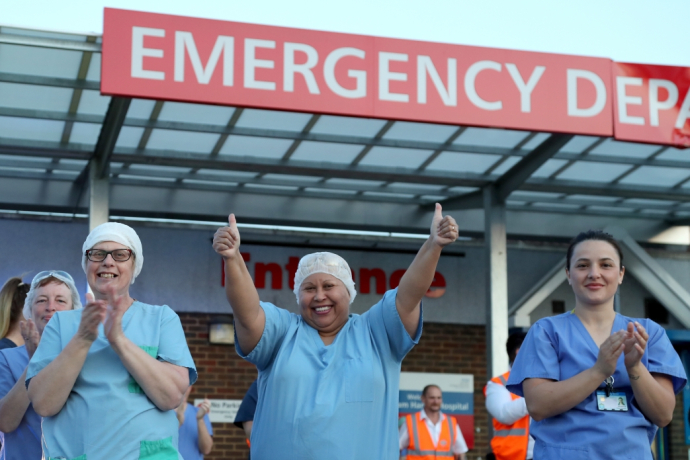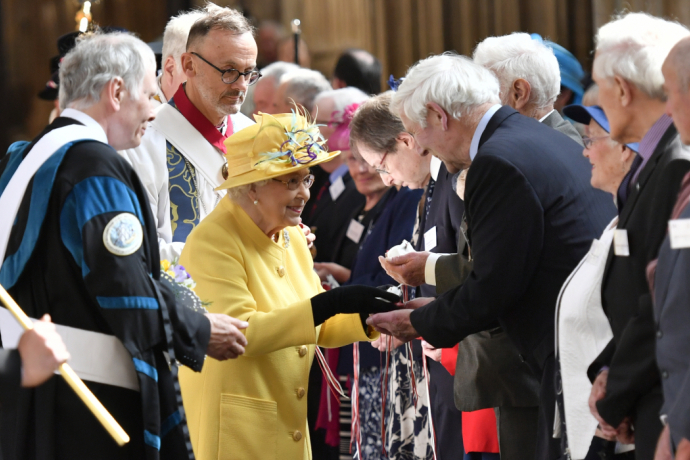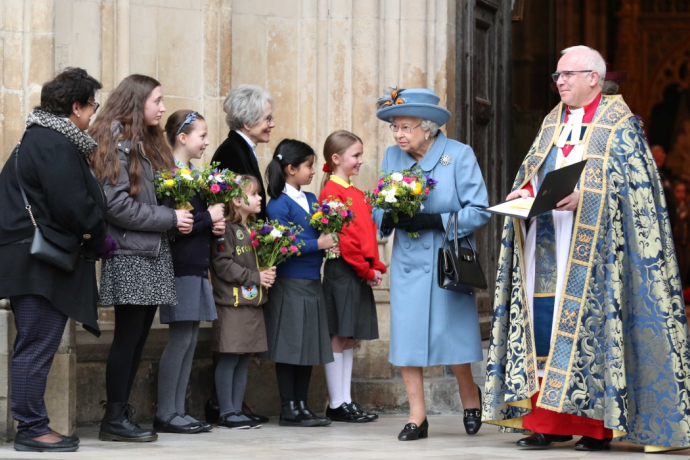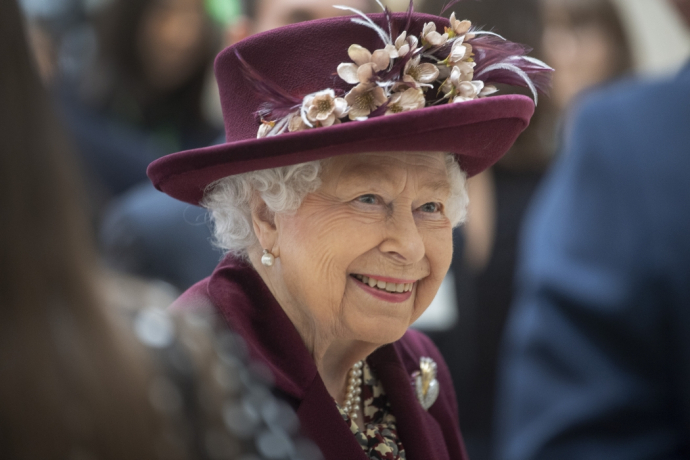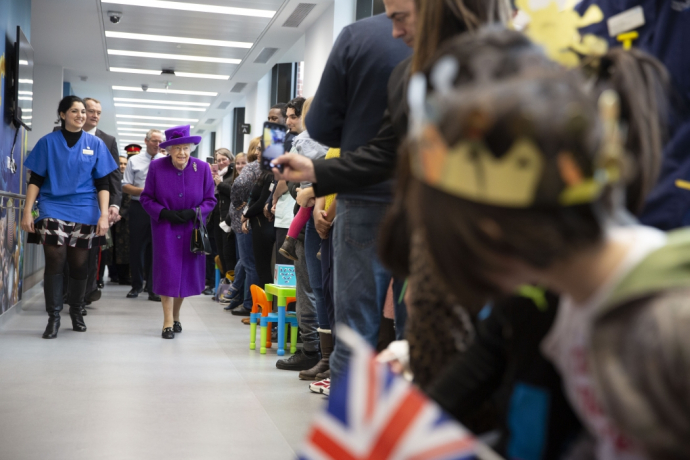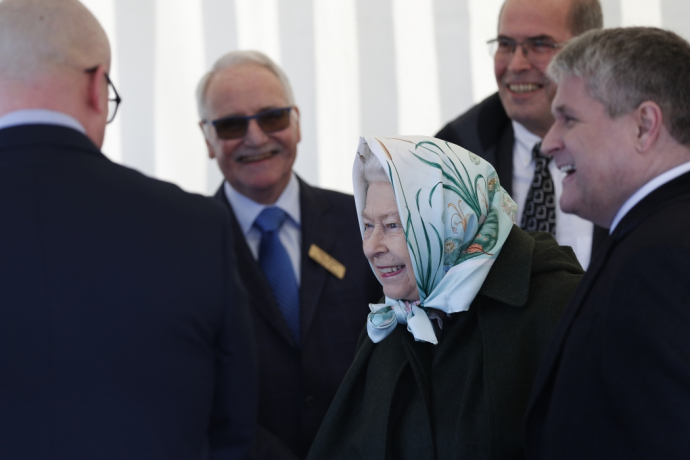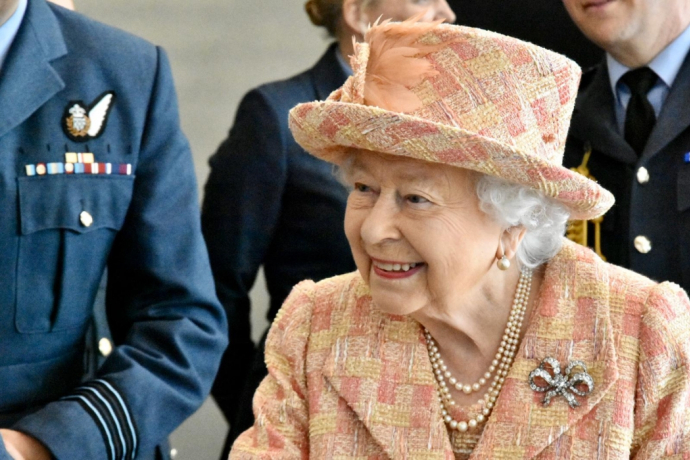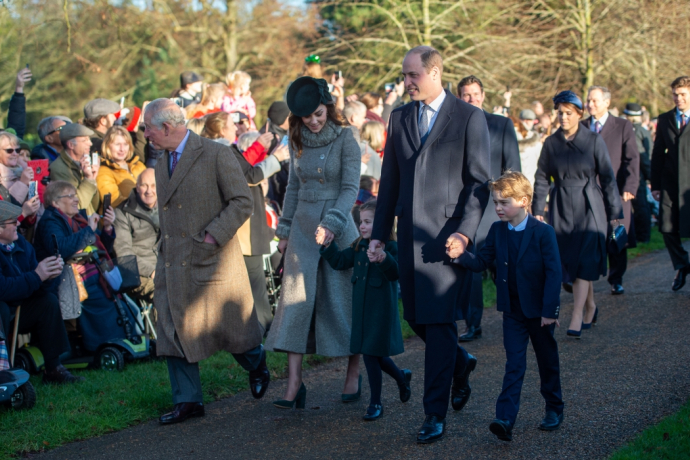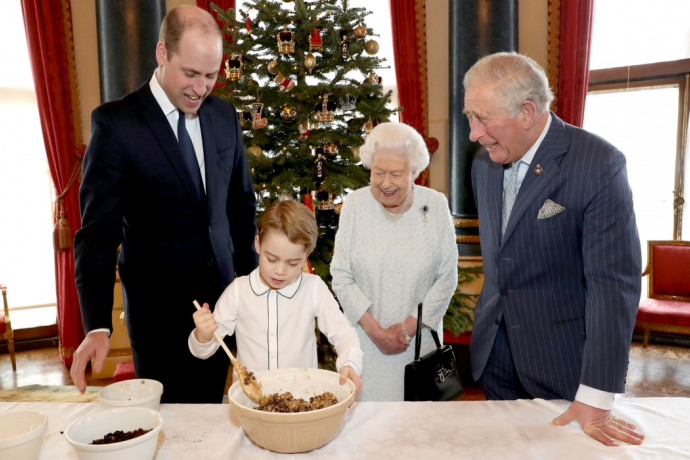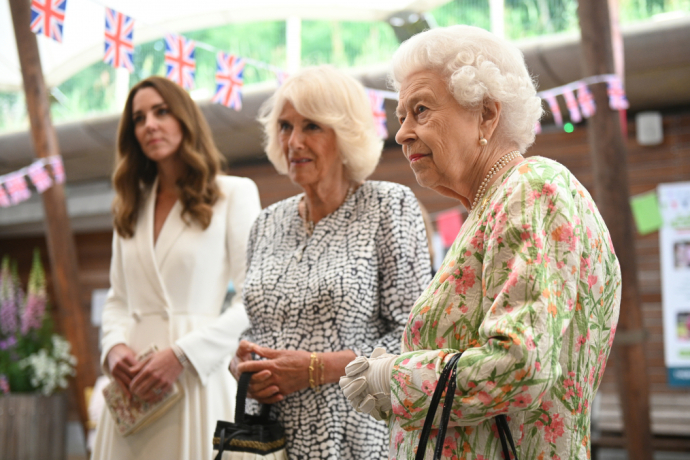Accession Day 2022
Published
This year's Accession Day - on 6 February 2022 - marks 70 years since The Queen acceded to the throne on the death of her father King George VI. Her Majesty has gone on to reign longer than any other British Monarch in history, and to become a beloved figure around the world. Find out more about events and announcements to mark Her Majesty's milestone, and read more about the historic events of 1952.
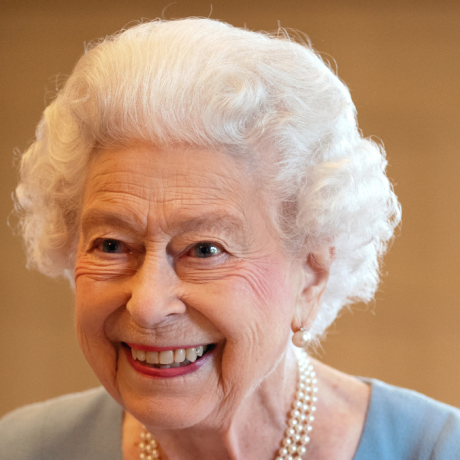
A new photograph of The Queen
In a new image to mark the 70th anniversary of Her Majesty's reign, The Queen is seen with one of her famous red boxes.
Over the past 70 years, The Queen has received daily papers from her Private Secretaries, in person or via a red despatch box. The boxes hold documents updating Her Majesty on events in Parliament as well as overseas and Commonwealth matters, and State papers requiring her signature and Royal assent.
The Queen is wearing two diamond ivy leaf clips, which were a gift from The Queen Mother for the then Princess Elizabeth’s 21st birthday.
Her Majesty's message
On the eve of the 70th anniversary of her Accession to the throne, The Queen has written a message thanking the public and her family for their support, and looking forward to Platinum Jubilee celebrations over the coming year.
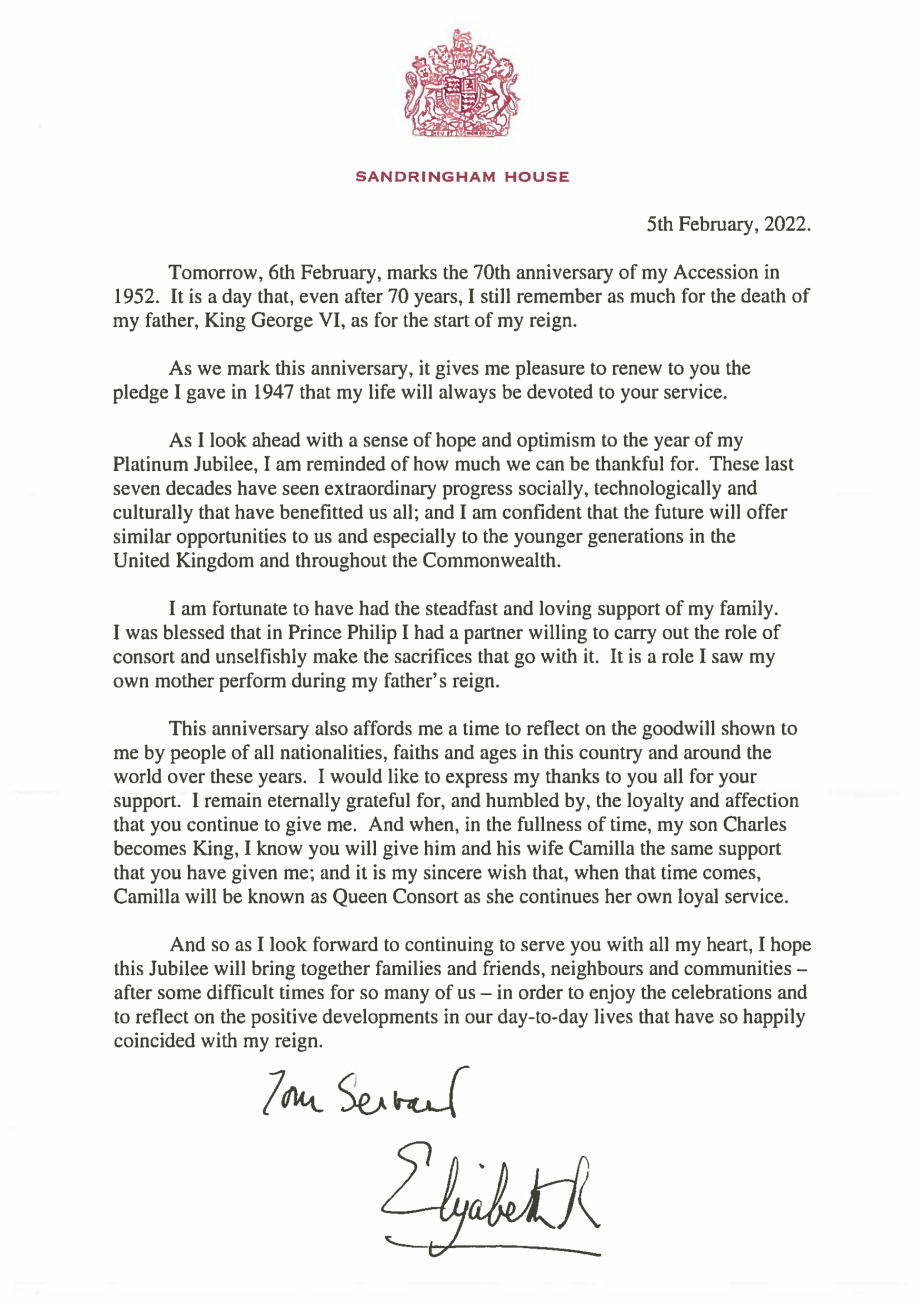
In her message, she renews her commitment to the people of the Commonwealth:
As we mark this anniversary, it gives me pleasure to renew to you the pledge I gave in 1947 that my life will always be devoted to your service.
On Accession Day itself, The Prince of Wales responded with a message of his own.
Looking back on past Jubilees
To mark the beginning of The Queen's Platinum Jubilee year, Her Majesty viewed a selection of cards, letters and artwork sent to her by members of the public to mark her Jubilees.
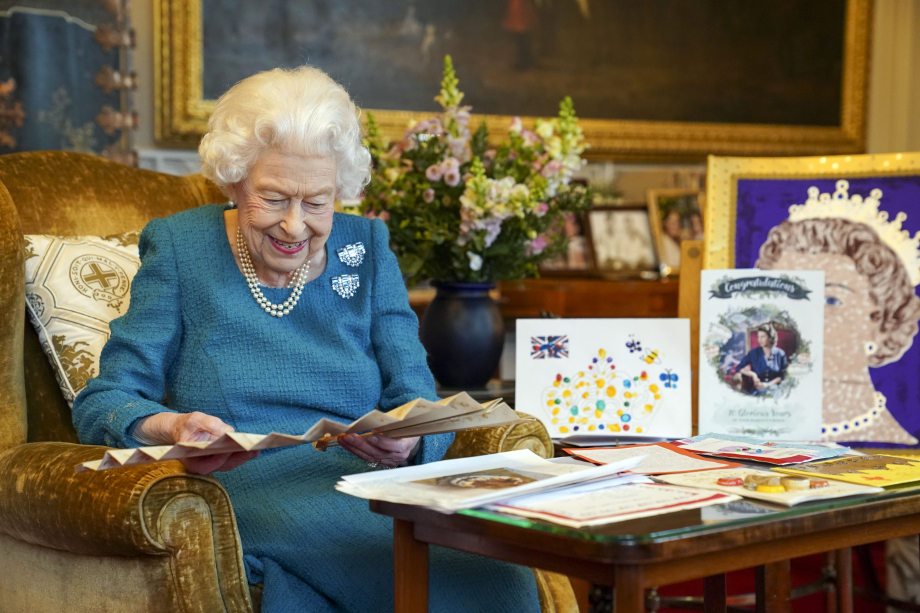
A reception at Sandringham House
On the eve of Accession Day, she hosted a reception for members of the local community and volunteer groups at Sandringham House. Her Majesty was joined by the Sandringham branch of the Women’s Institute, Sandringham Estate pensioners and their families, and representatives from local charities Little Discoverers and West Norfolk Befriending.
Amongst the guests hosted by The Queen was former cookery student, Mrs Angela Wood, who helped create the original recipe for Coronation chicken in 1953!
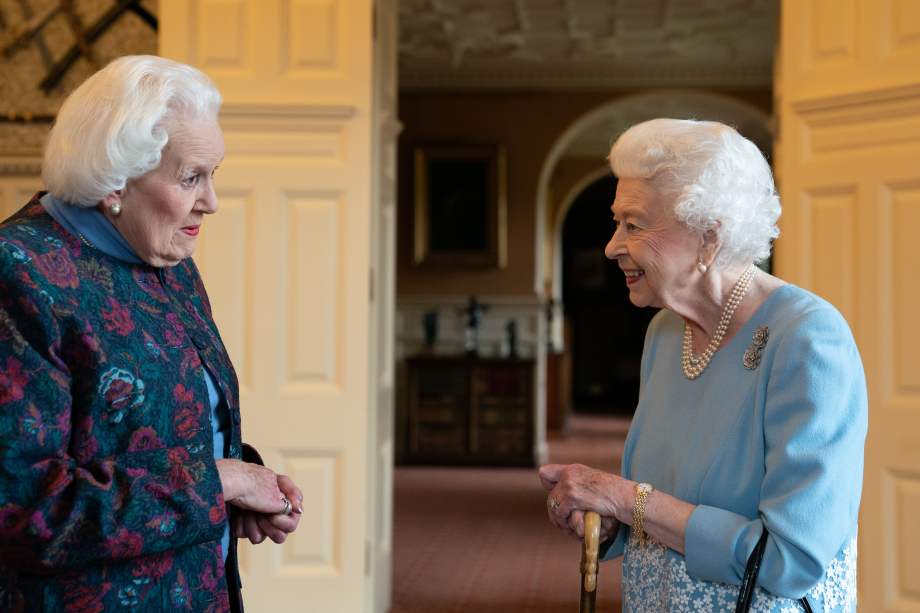
The Accession
In 1952, King George VI's health was poor, and illness forced him to abandon a proposed Commonwealth tour. Princess Elizabeth, accompanied by Prince Philip, took his place. On Wednesday 6 February 1952, she received the news of her father's death and her own Accession to the throne while staying in a remote part of Kenya. In an instant, she had ceased to be Princess Elizabeth and became Queen Elizabeth II.
A new Monarch comes to the throne at the moment of death of the previous Monarch, hence the phrase, 'The King is dead, long live The King! (or Queen)'
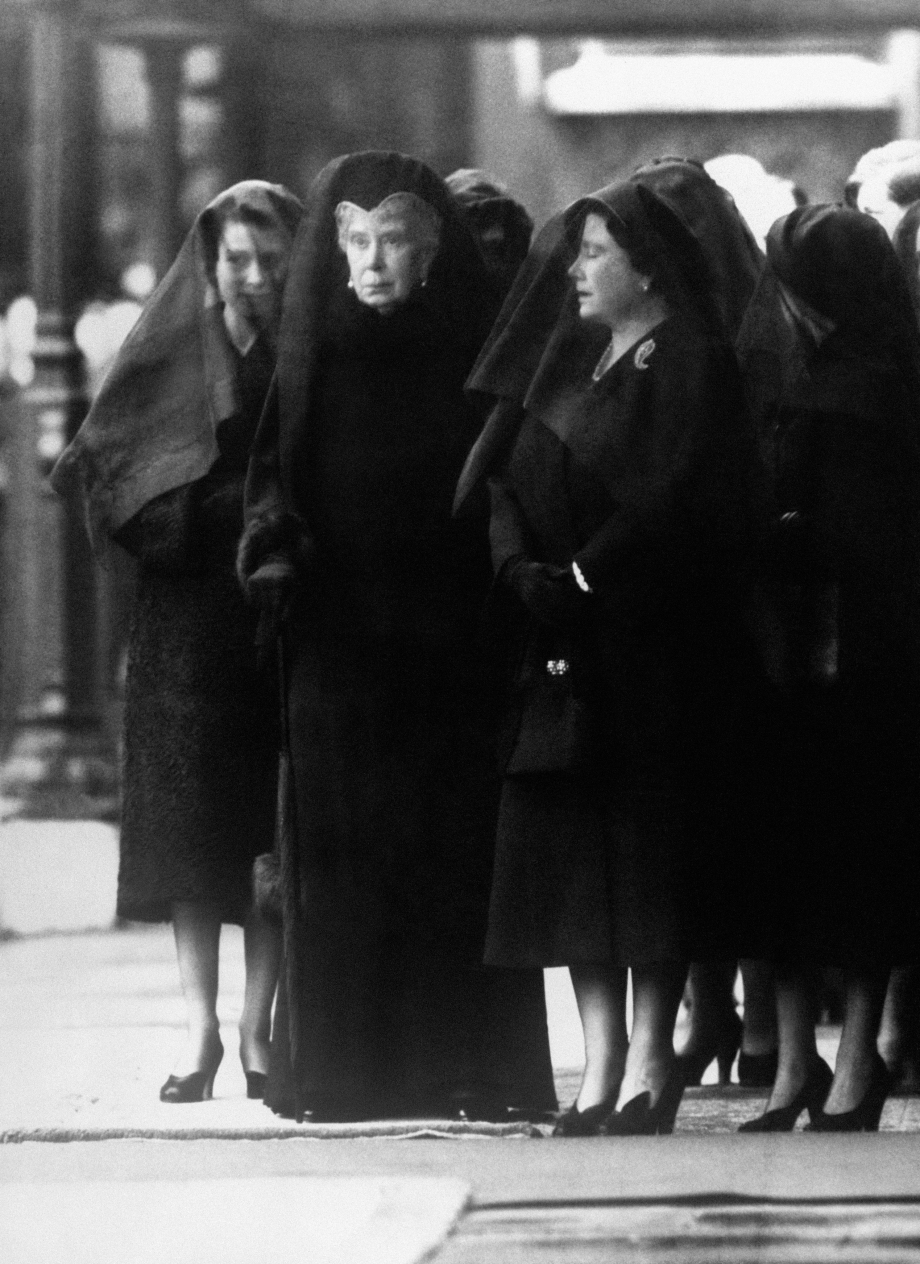
Following the news, the tour was abandoned, and the young Princess flew back to Britain as Queen. She was greeted by Prime Minister Winston Churchill and other officials at the airport before returning to Clarence House. She was officially crowned in a Coronation ceremony at Westminster Abbey the following year, on 2 June 1953.
Her Majesty’s Accession came as she was raising a young family: Prince Charles was three years old and Princess Anne just one when The Queen learnt of her father’s death. Her new duties had to take precedence over family life, with long overseas tours taking her away for months at a time.
Lord Wakehurst, the last British Governor of New South Wales, made three films about The Queen's Accession and Coronation entitled 'Long to reign over us':
What happened on Accession Day?
Following the death of King George VI, bulletins - printed announcements of the death on letterheaded paper - were posted on the railings of Buckingham Palace and Sandingham House in Norfolk, where he died.
Crowds gathered at Buckingham Palace for confirmation of the news.
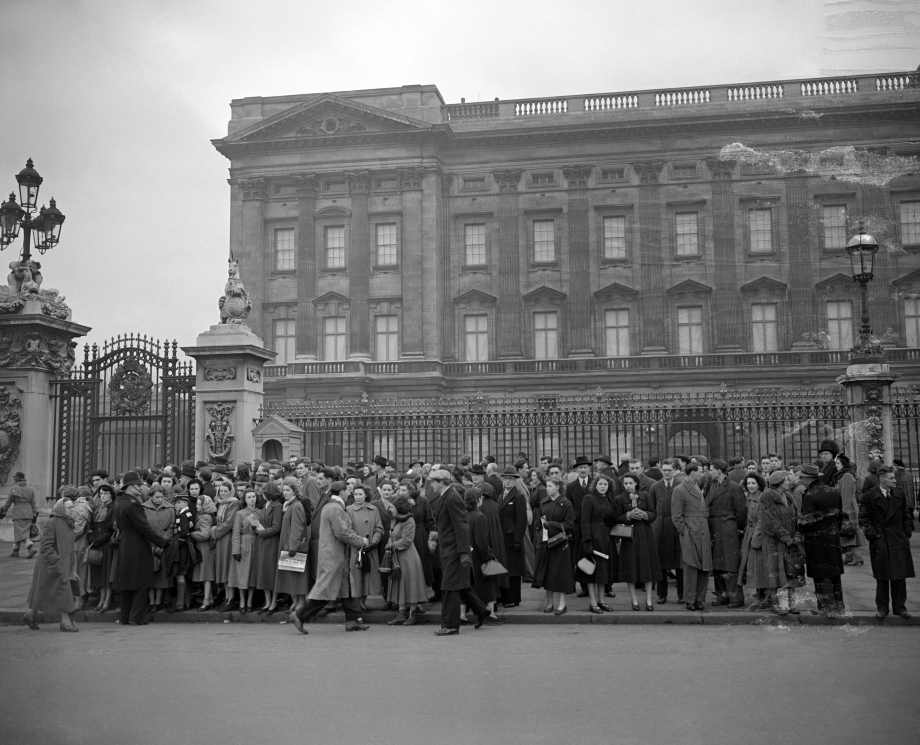
Flags were flown at half-mast throughout the country until after the funeral. Only the Royal Standard was flown at full mast wherever The Queen was in residence - the Standard is always flown at full-mast, representing the continuity of Monarchy.
In this photograph, taken on 7 February 1952, the Royal Standard is flown at Clarence House following The Queen's return from Kenya:
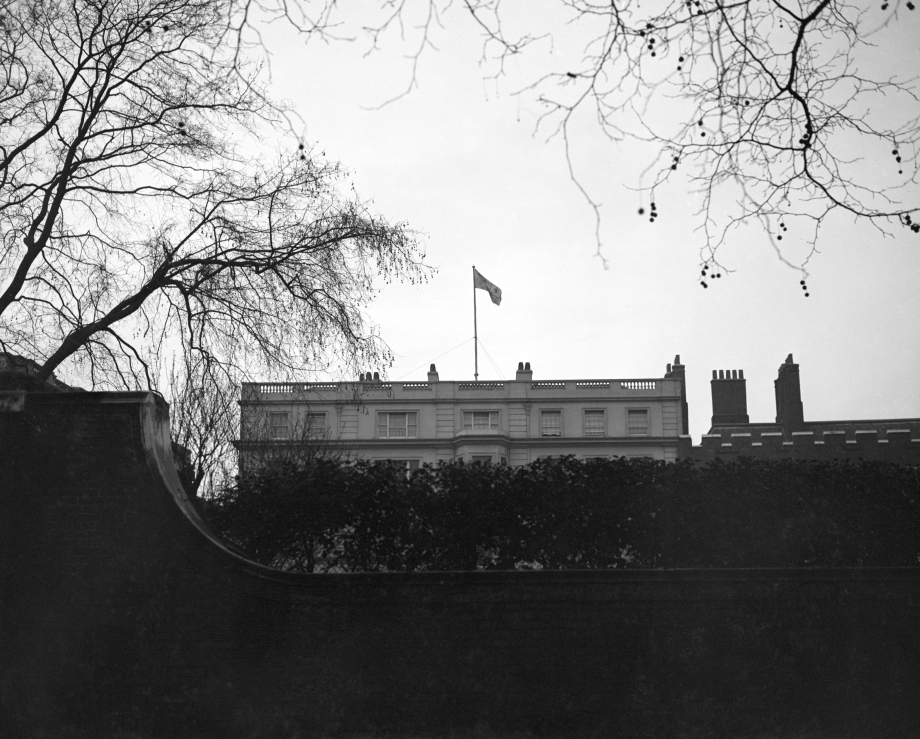
The new Queen was formally proclaimed at an Accession Council at St James's Palace held on the day of The King's death. It was attended by members of the Privy Council along with Great Officers of State, the Lord Mayor and City of London Civic party, Realm High Commissioners and civil servants.
In this photograph, taken on 6 February 1952, Prime Minister Winston Churchill leaves St James's Palace following the Accession Council:
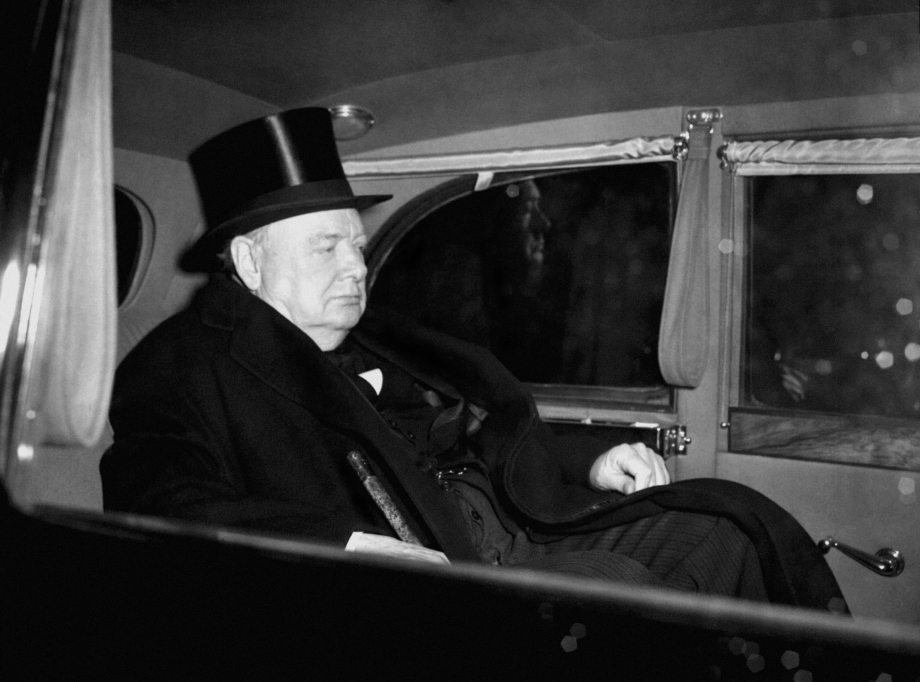
On 8 February, once Her Majesty had returned from Kenya, The Queen took an oath known as the Accession Declaration in which she pledged to maintain the established Protestant succession.
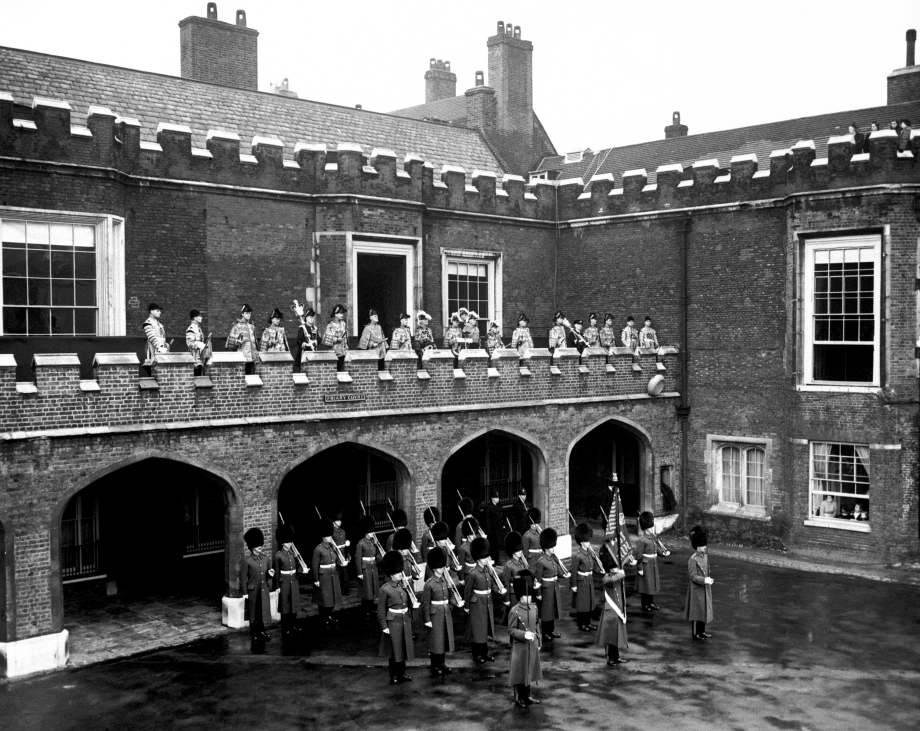
Following Her Majesty's oath, the public proclamation of the new Sovereign was read by Garter King of Arms at St James's Palace, in the presence of the Earl Marshal and two of the Sovereign's Serjeants-at-Arms. It was also read with similar ceremony in Edinburgh by Lord Lyon King of Arms, in Belfast and Cardiff.
The Princess who would be Queen
When she was born in Mayfair in 1926, Princess Elizabeth (now The Queen) and her family did not expect that she would one day become Monarch. Her Royal Highness was expected to live a relatively normal, if privileged, life with her close-knit and loving family. But everything changed in December 1936 when her uncle – King Edward VIII - abdicated, leaving her father as King, and her - aged ten - as next in line to the throne.
Princess Elizabeth took her role seriously from an early age and Her Majesty’s life of duty and service began long before she took to the Throne.
She played her own part in the war effort: addressing the children of the Commonwealth alongside her sister Princess Margaret on BBC’s Children’s Hour in 1940, thanking them for their courage and forbearance:
“We are trying to do all we can to help our gallant sailors, soldiers and airmen, and we are trying, too, to bear our own share of the danger and sadness of war.”
In 1945 she joined the Auxiliary Territorial Service, training as a mechanic and becoming the first female member of the Royal Family to join the Armed Services as a full-time active member.
Two year’s later, on her 21st birthday, she gave a speech broadcast from South Africa, in which she set out her intentions for her future reign, asking the people of the Commonwealth to join her in her resolution to rebuild after the ravages of the Second World War. Her commitment to the task was absolute, ‘We must give nothing less than the whole of ourselves,’ she said, “I declare before you all that my whole life whether it be long or short shall be devoted to your service.”
Related content
